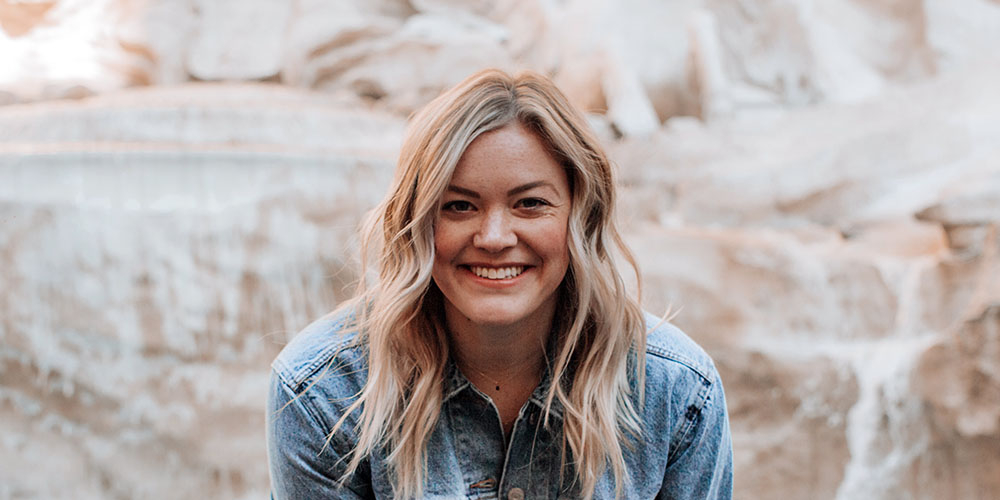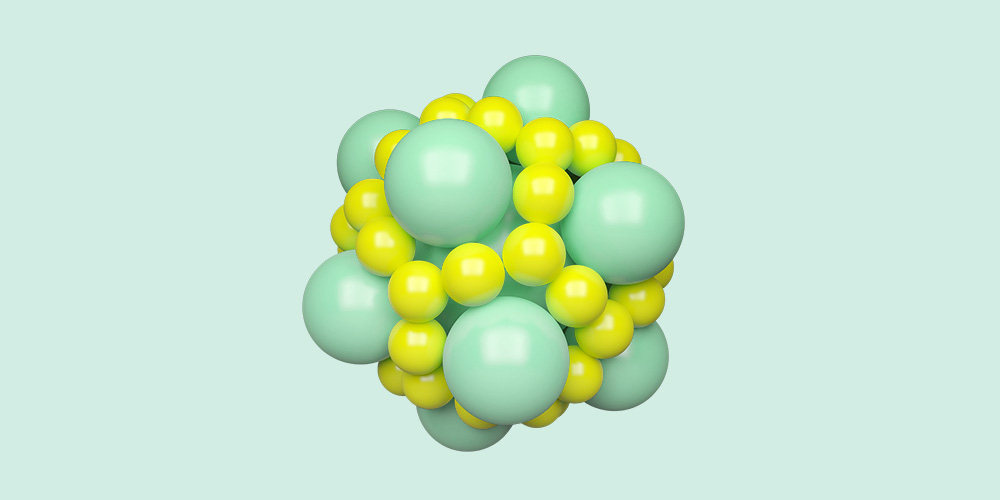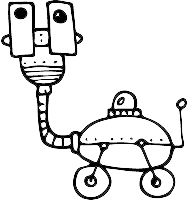What’s the key to successful customer messaging? As founders of Userlist, we could say it’s a reliable tool. But we’d be wrong.
The key is to know two things first, before ever drafting a message: (1) how to translate your customers’ success into the language of properties and segments, and (2) the right time to send a helpful message. And that’s hard, because every business is so unique.
To address these challenges, and help more SaaS companies send messages that boost product adoption and engagement, we’ve put together three “blueprints” — customer messaging scenarios that can be applied in your SaaS business today, helping to solve real problems.
When you’re ready to move forward with the execution, we have more materials to help you succeed:
- printable email planning worksheets to help you plan your events, properties, segments & campaigns;
- full-text campaign templates for each user lifecycle stage (they’re also baked into the app itself, so you can instantly pre-populate your campaigns).
Now, let’s explore some business examples!
The story, all names, characters, and businesses portrayed in these blueprints are fictitious. No founders were harmed. Portraits courtesy of Unsplash.
Blueprint #1. Helping users overcome a technical challenge

Meet Dave K., founder of DevHunch — a productivity tool for developers (bootstrapped and profitable).
As a team of one, previously Dave had to manually check on his new users and identify when to offer help. This was eating into his time really badly, so he decided to set up a behavior-based onboarding flow for his new users with Userlist.
What does success look like for DevHunch’s users?
For DevHunch, the user’s path to success is very straightforward (albeit technically challenging) and consists of three known steps:
- Integrate DevHunch with their developer environment (the biggest roadblock)
- Configure their first project
- Invite at least one team member
How do they track it in Userlist?
Each of these steps has a certain property associated with it, so Dave can track whether this step has been accomplished or not — e.g. when the value of integrations changes from 0 to 1.
Properties:
- integrations — current number of integrations
- projects — current number of projects
- team_members — current number of members in the team
Dave has also created a dedicated segment for fully activated users, so he can send them productivity tips and help them get even more value out of the product.
Segment: Activated Users
Condition: integrations > 0, projects > 0, team_members > 1
How do they approach customer messaging?
Dave sends a single sequence promoting DevHunch’s three onboarding steps, and skips on those that the user has already accomplished. This way, messages get sent only when users get stuck, offering help resources and tech support calls for each of these steps.
How is it implemented in Userlist?
Dave has one onboarding campaign with fixed time delays between messages, but uses conditions on each individual message (i.e. “Only send to users who match a certain condition”) to skip irrelevant messages.
In this case Dave uses behavior data (user properties) for skipping messages, not triggering them. The user moves along the proposed scenario, but only receives highly relevant messages.
Campaign: Basic Onboarding
Trigger: user created an account
Messages:
- (send immediately) Welcome to DevHunch
- (send after 1 day) (only if integrations = 0) Need help setting up your integration?
- (send after 2 days) (only if projects = 0) Tips for configuring your first project
- (send after 2 days) (only if team_members = 0) Let’s invite your team members
Once the user is activated, they’re moved into an educational campaign that sends out weekly productivity tips. These tips wouldn’t make much sense until the user is activated.
Campaign: Productivity Tips
Trigger: user joined segment Activated Users
Messages:
- (send after 7 days) Productivity tip #1
- (send after 7 days) Productivity tip #2
- (send after 7 days) Productivity tip #3, etc.
What’s the benefit?
Now all new user check-ups are automated, so Dave can go back to doing more important strategic work.
Who can replicate this?
Any SaaS business that requires relatively complex technical setup, where hands-on help is required (but you’d rather offer it only if users really get stuck).
Blueprint #2. Dealing with advanced features

Meet Joanna D., head of marketing at Sparkle.io — an online photo editing tool.
What does success look like for Sparkle.io’s users?
The core editing features of Sparkle.io are simple, so mastering them is typically not a problem. But some areas of the product app are harder to master (such as batch editing or print management), so Joanna needs to help users who’d get value from those features. However, it makes no sense to educate everyone on these features, because they’re entirely irrelevant to other users with simpler use cases.
How do they track it in Userlist?
Joanna’s dev team has created several custom events that fire when a certain feature is used:
Events:
- batch_editing_started
- print_started
How do they approach customer messaging?
For each of these advanced features, Joanna has written a series of educational messages to help explain the feature and highlight what use cases it helps with. When a customer uses one of these advanced features for the first time, they start receiving educational information on that topic.
How is it implemented in Userlist?
As described above, each of Sparkle.io’s advanced features has a dedicated educational campaign; these campaigns trigger when that custom event happens. Userlist campaigns only fire once (ever), so the following campaign will only trigger when this event happens for the first time.
Campaign: Tips for Batch Editing
Trigger: performed custom event batch_editing_started
Messages:
- (send after 2 days) Tip #1
- (send after 2 days) Tip #2, etc.
- (send after 2 days) Tip #3, etc.
Campaign: Tips for Printing
Trigger: performed custom event print_started
Messages:
- (send after 2 days) Tip #1
- (send after 2 days) Tip #2
- (send after 2 days) Tip #3, etc.
Joanna has also created dedicated segments for those who use these features most frequently_._ She runs quarterly webinars on these niche topics, and sends Broadcasts with webinar announcements to these dedicated segments only.
Segment: Advanced Users of Batch Editing
Condition: performed custom event batch_editing_started at least 5 times since 1 month ago
Segment: Advanced Users of Printing
Condition: performed custom event print_started at least 5 times since 1 month ago
What’s the benefit?
Joanna sends tips only on the features that are actually used, and can avoid bombarding users with unnecessary information.
Who can replicate this?
Any SaaS business that has advanced features or specific use cases.
Blueprint #3. Promoting upgrades in a freemium app

Meet Jamie F., founder of SimpleTrackr — a time-tracking app with a freemium pricing model.
About 95% of SimpleTrackr’s user base is on a free plan, and Jamie’s biggest struggle is convincing free users to upgrade to paid.
What does success look like for SimpleTrackr’s users?
Jamie considers a user “active” if they log at least 5 meetings within the last 30 days.
How do they track it in Userlist?
Properties:
- billing_state (free, active, cancelled) — used to differentiate free users from paying users
Events:
- meeting_logged — happens every time a user logs a meeting
They also have a few segments:
Segment: Free Users
Condition: billing_state == free
Segment: Paying Users
Condition: billing_state == active
Segment: Active Users
Condition: performed custom event meeting_logged at least 5 times since 30 days ago
How do they approach customer messaging?
In addition to a simple onboarding sequence, Jamie sends out automated upgrade nudges every 30 days. Some of these nudges include friendly tips, some promote the benefits of the paid plan, and some offer discounts or other perks if users upgrade.
How is it implemented in Userlist?
Jamie created a long-term Upgrade Nudges campaign, which includes 12 messages with 30 day delays between them. The campaign triggers when a user joins the segment Active Users (i.e. starts performing some activity), and also belongs to Free Users at the same time. This campaign has an exit goal, so users stop getting these nudges when they convert to paid.
Campaign: Upgrade Nudges
Trigger: user joins segment Active Users and belongs to segment Free Users
Exit goal: user joins segment Paying Users
Messages:
- (send immediately) Upgrade nudge #1
- (send after 30 days) Upgrade nudge #2
- (send after 30 days) Upgrade nudge #3, etc.
In addition to sending free users this Upgrade Nudges campaign, a few times a year Jamie uses Broadcasts to send time-limited seasonal discounts, which brings in a number of upgrades. These broadcasts are only sent to free users who are actually using the app.
Broadcast: Christmas Sale
Send to: user belongs to segment Free Users and belongs to segment Active Users
What’s the benefit?
Even if Jamie takes a yearly sabbatical from work, SimpleTrackr’s free users will keep receiving automated nudges and will have a higher chance of converting to paid.
Who can replicate this?
Any SaaS business that uses a freemium pricing model.
Time to implement 🚀
We hope these blueprints will help you wrap your head around tracking, segments, and campaigns. You can implement these recipes in any messaging tool of choice, but should you decide to go with Userlist — then you’re welcome to join today. Or grab our free email planning worksheets below.
Ready to put these blueprints into action? Join our mailing list below, and we’ll send you a free copy of email planning worksheets (12 pages, printable PDF).






